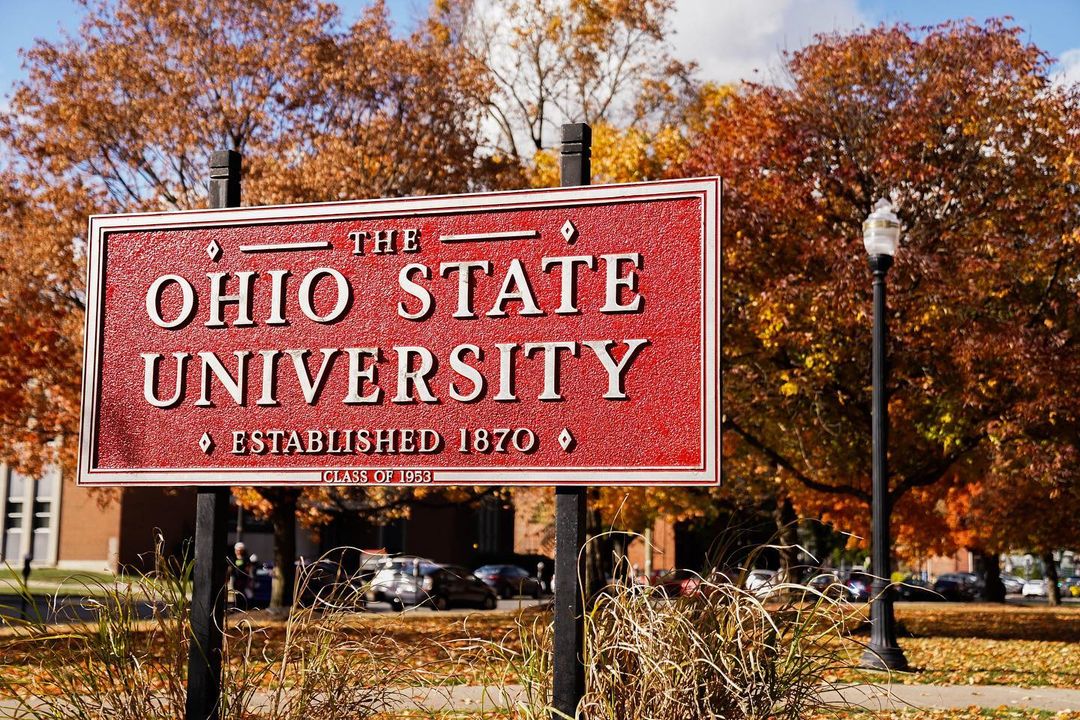Advancing Wildfire Modeling: New Tool Aims to Improve Future Impact Predictions in the United States
Wildfire management systems outfitted with remote sensing technology could improve first responders’ ability to predict and respond to the spread of deadly forest fires.
To do this, researchers at The Ohio State University are testing the use of Synthetic Aperture Radar, or SAR, to help with wildfire detection.
For many ecosystems, fires are vital tools that help to clear away plant waste, provide safer habitats for smaller species and burn off disease. Yet as Earth continues to experience warmer, drier conditions, the likelihood and severity of large, uncontrolled fire incidents that result in widespread environmental damage has steadily increased.
Between 2020 and 2023, wildfires across the U.S. burned over 25 million acres of land. At the same time, millions of people who reside near these at-risk areas are likely impacted by plumes of wildfire smoke, heightened flooding risks and property damage.
These effects underscore the need for better detection systems, said Dustin Horton, lead author of a new study on the subject and a doctoral student in electrical and computer engineering at Ohio State. His work revolves around improving traditional strategies for sensing large blazes and improving wildfire-related land management policies.
“There’s a variety of prediction models that the government and different agencies use to predict and assess what an area might look like each wildfire season,” said Horton. “But a lot of those programs in recent history rely on a variety of remote sensing methods, such as optical sensors that have a lot of inherent disadvantages.”
For example, systems that use optical sensors to study targets, like LiDAR, can be occluded by wildfire smoke or other atmospheric changes like clouds or light from the sun. Other passive sensors can be less useful at night. Ultimately, these limitations diminish their effectiveness at collecting accurate measurements during a quickly evolving situation, and such setbacks could have disastrous effects on agencies aiming to gauge the number of resources or emergency service personnel needed to safely handle a large fire, said Horton.
The research was presented in a poster session today (Dec. 15, 2023) at the annual meeting of the American Geophysical Union. The poster suggests that one technique that could be used to supplement wildfire prediction models like the National Fire Danger Rating System, which allows users to estimate the next few days of fire danger in a given region, is to combine them with SAR.
Unlike optical or satellite infrared sensors, SAR utilizes radar to create high-resolution two-dimensional or three-dimensional reconstructions of terrain, making it an especially effective device for environmental mapping research. Additionally, since SAR remote sensing technologies can operate successfully during the day, night and inclement atmospheric events, it provides scientists the ability to finely measure an area’s surface geophysical, hydrological and meteorological properties at key spatial distances with ease, said Horton.
During the presentation, researchers noted that using SAR as an alternative wildfire sensing method also holds much potential for tracking the entire life-cycle and aftermath of a wildfire, as well as discerning and monitoring other factors that may contribute to creating flame-prone areas, such as the level of soil moisture in the region or various kinds of nearby vegetation.
The study concluded by noting how useful aerial SAR-based platforms could be to studying wildfires and other Earth processes across greater scales in the future. One such endeavor, planned to launch in early 2024, is the NISAR mission, a joint collaboration between NASA and the Indian Space Research Organisation (ISRO). The mission’s objective will be to map the entire Earth in an effort to provide the public with refined data about the effects of climate change on the planet’s crust.
Horton said that his team hopes to use the data the mission collects to continue building on their own wildfire-prediction algorithms, but will continue testing SAR as a next-generation wildfire assessment tool. In the meantime, Horton said that much of the responsibility for better understanding and stopping wildfires lies in combining both new technologies and tried-and-true fire services.
“Scientists can now identify areas with conditions where everything is perfect for a burn, all the models say it will and sometimes it just doesn’t,” said Horton. “Because the whole wildfire process is extremely complex, a lot of the heavy lifting still relies on the mitigation work of firefighters.”
Co-authors of the poster include Joel Johnson and Mohammad Al-Khaldi of Ohio State, Ismail Baris of the German Aerospace Center (DLR), Jeonghwan Park of NASA Goddard Space Flight Center and the Global Science and Technology Inc., and Rajat Bindlish of Goddard Earth Sciences Technology and Research.

